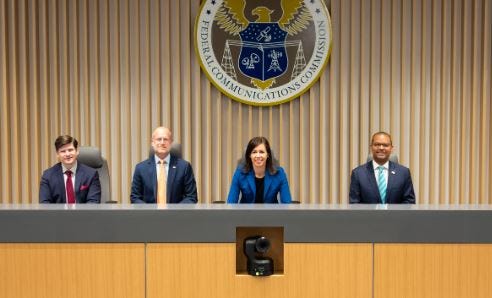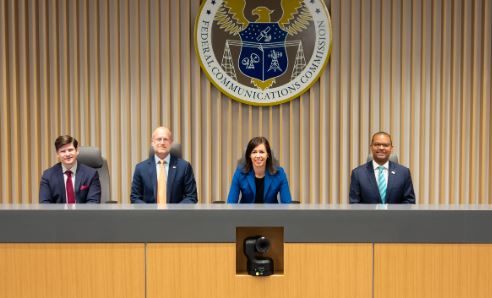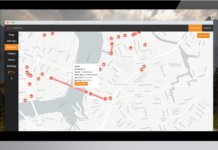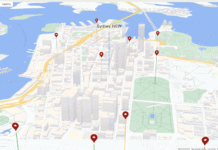The Federal Communications Commission (FCC) adopted rules last week that require wireless carriers to implement location-based routing of 911 calls and real-time texts to call centers nationwide. The FCC, which says that the rules will foster faster emergency response times, said that traditional 911 calls have been routed to call centers based on the location of a cell tower that handles the call.
However, the agency said that sometimes the nearest cell tower may be near a county or city border that requires the call to be routed to a neighboring jurisdiction, which can waste time and resources during emergencies.

“We are adopting rules requiring all wireless carriers to implement location-based routing nationwide for calls and real-time texts to 911 call centers. This means that when a call travels on IP-based networks, public safety officials will receive emergency calls based on the location of the person calling, not the closest cell tower,” said FCC Chairwoman Jessica Rosenworcel, in a statement. “It means that back in Arkansas, that call I made to 911 in Little Rock would get answered in Little Rock and not in the town across the river.”
“With this approach, 911 voice calls and real-time texts will be routed based on the location of the caller as opposed to the location of the cell tower that handles that call. Using this precise location information to route 911 calls will result in millions more wireless 911 callers reaching emergency responders without the need for transfer or delay,” the FCC said, in a statement.
The FCC requires wireless carriers to comply with the location-based routing requirements within six months after the effective date of the final rules. This includes caller location information, at the time of routing, is “ascertainable within a radius of 165 meters at a confidence level of at least 90 [percent].”



























